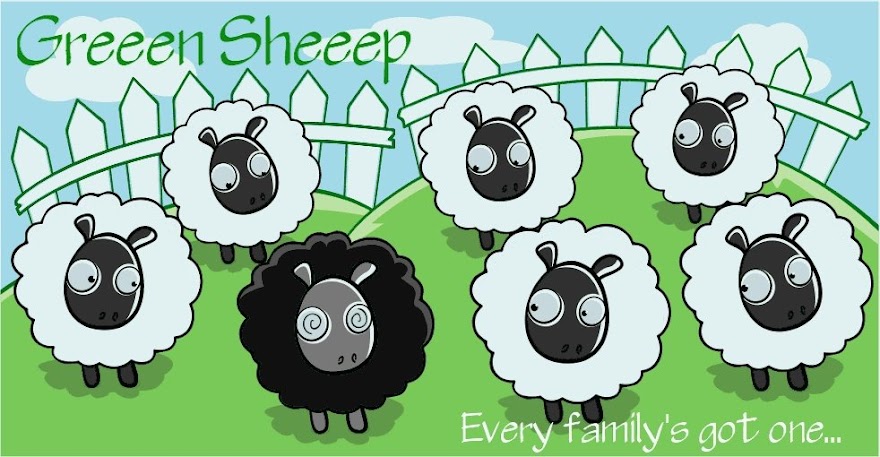
Degrees.
In an effort to curb our atrocious fuel oil consumption, mostly to reign in the exorbitant bill that inevitably comes with it, I set our thermostat at 55 degrees back in November and we have been freezing our buns off ever since. Okay not really, but keeping our house at a constant cool 55 degrees in Wisconsin has brought about some unexpected side effects.

1. Your plants die.
Apparently there is a reason palm trees grow in tropical regions. Sadly, my 8 foot palm tree is half dead. I should have pulled it into the interior of the house, but the solarium receives the most light. I guess it needed warmth and light. I am not sure it is going to survive the winter.
2. Bread never rises.
Proofing dough requires warmth. We have none, or at least very little. Baking bread was a laborious weekend long project. I would follow the sun; moving my bowl of dough from room to room, letting it rest on the floor in a sunny spot. Eventually, it would end up overnight in the upstairs bathroom, seemingly the warmest place in the house. Until you stepped out of the shower that is. Holy sh*t it's cold in here! Luckily, Santa brought me a bread machine for Christmas.
3. Room temperature butter.
Nearly all baking calls for room temperature butter. Just whose room are they referring to? Obviously not mine. Room temperature butter in this house is still rock hard. Frustrating to a budding baker who spends hour after hour asking, "Is this soft enough?". Three hours is about as patient as she can be. Her cookies always taste good, they just come out a little flat.
4. Friends and family come equipped with their own slippers.
On the rare occasion someone is actually brave enough to visit you in "Siberia", they bring half their bedroom with them. It did not take long for our family to start showing up with slippers in tow. We do not wear shoes in the house, but several pair of socks and slippers are a must to prevent frostbite on your little piggies.
5. Athletes foot.
This is something you would expect in much warmer temperatures. All those socks and slippers I referred to above? Pair that with leaping from the shower and getting dressed in less than 30 seconds. Does not leave a whole lot of time for drying off. My feet go directly from shower to socks and stay there indefinitely until the next shower. So yeah, athletes foot.
6. Clothes can be "forgotten" in the washer without becoming "funky".
You know what I am talking about. You do a load of laundry late in the evening and are too tired/lazy to hang it. I'll get it in the morning. Morning comes and you forget all about it. Two days later you open the washer to throw in a load and eww... What's that smell? Funky clothes. Damn. Oh contrare monfrare! Not in a cold house. Clothes can sit in there for days without acquiring a musty smell. Much like food in the refrigerator.
7. Your washer freezes, along with the clothes in it.
Our laundry room is also our mud-room and entry to the house. It is a small enclosed heated porch, but not insulated. The only heat vent is directly beside the washer, about an inch away. Last year this was never a problem, but then our thermostat was set slightly higher at 62. Felt cold then, would be a heat wave now. At 55, our furnace does not run nearly as much, which is the point, but on really cold days the washer will freeze. Luckily we have had no accidents or broken pipes, only a few giggles when pulling frozen underwear from the washer.
8. There is no need to apply blush.
My cheeks maintain a youthful rosy glow from the chill in the air. I'm not just talking about the ones on my face either. My hands, on the other hand, ha ha are an eery shade of purple. Like a corpse, but that is another story.
9. Steam rises from my Diva Cup.
Strange, but true. That actually happened once and it totally freaked me out. A sudden drop of 43 degrees and you can visibly see the temperature change. Just like seeing your breath on a cold winter day.
10. You are either asked, "Are you leaving?" or "Did I wake you?".
We dress in layers, lots of layers. On any given day I am wearing long underwear, socks, jeans, multiple shirts, sweatshirt or down vest, fingerless gloves, scarf, and fleece jacket. And of course, slippers. But, that goes without saying. Inevitably, surprise guests think I am on my way out. Or, on really cold days we can be seen wandering around the house all hours in a bathrobe (over our layers clothes). They really hold the heat in.
No, I've been up for hours. Come on in - hope you brought your slippers.






















